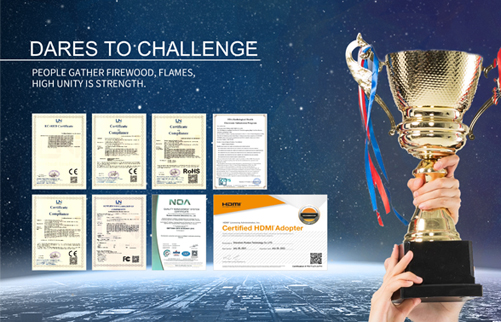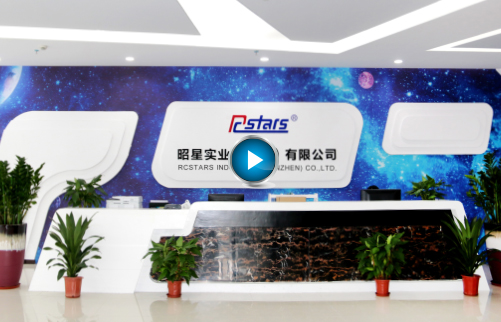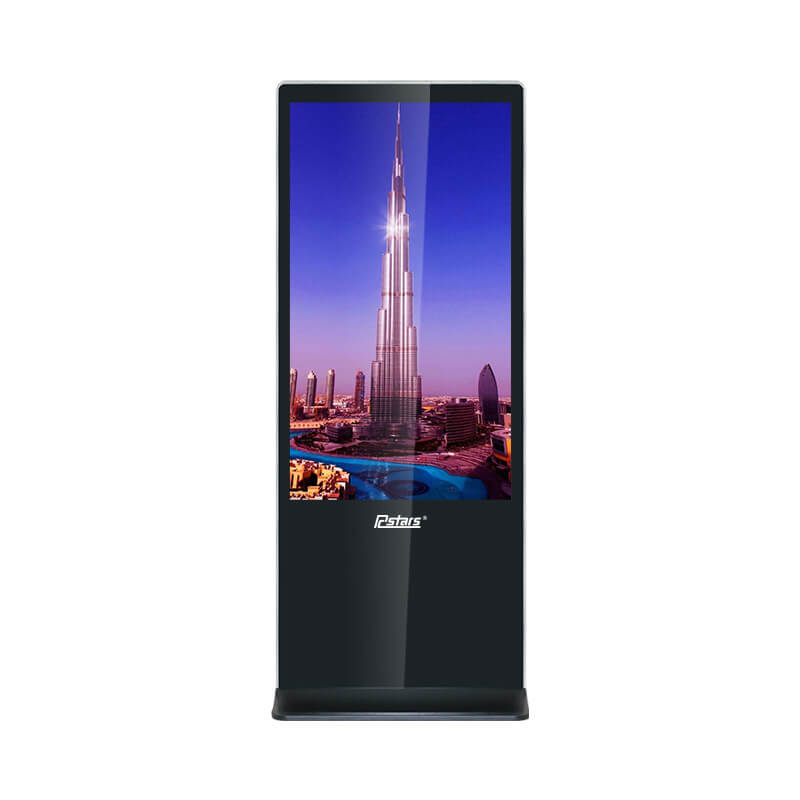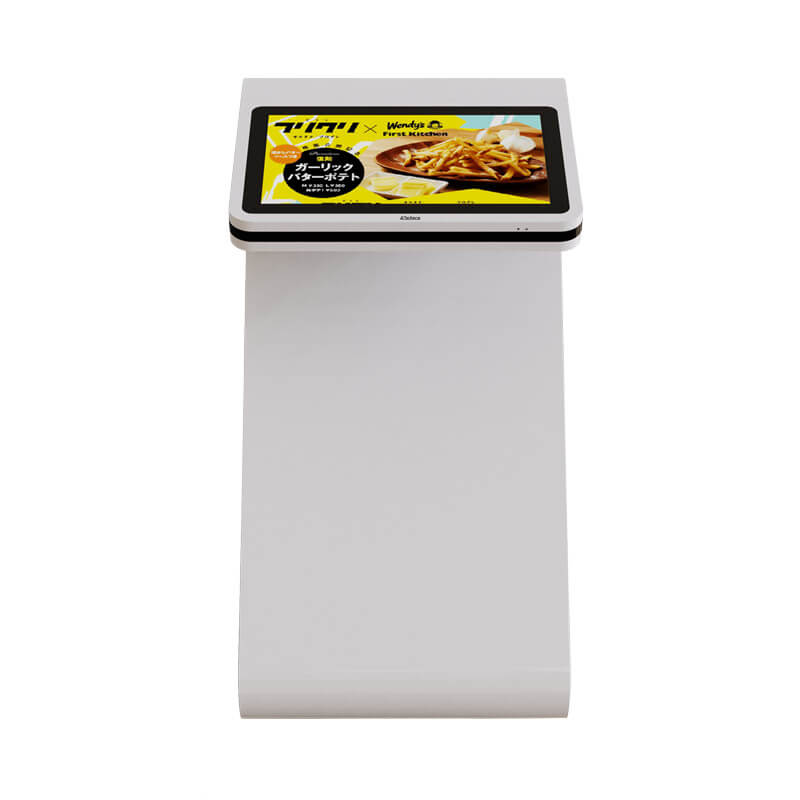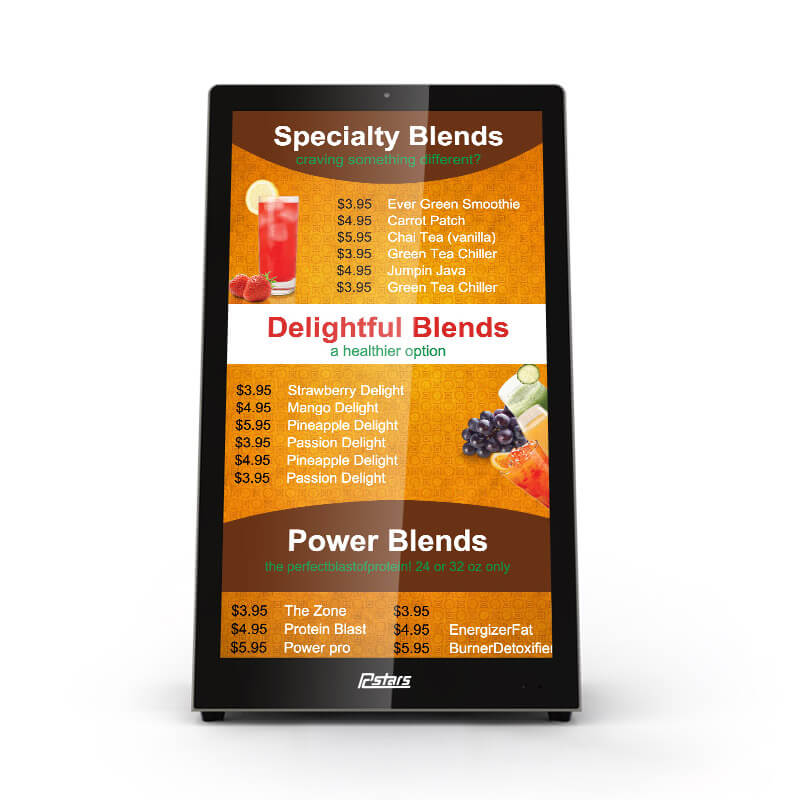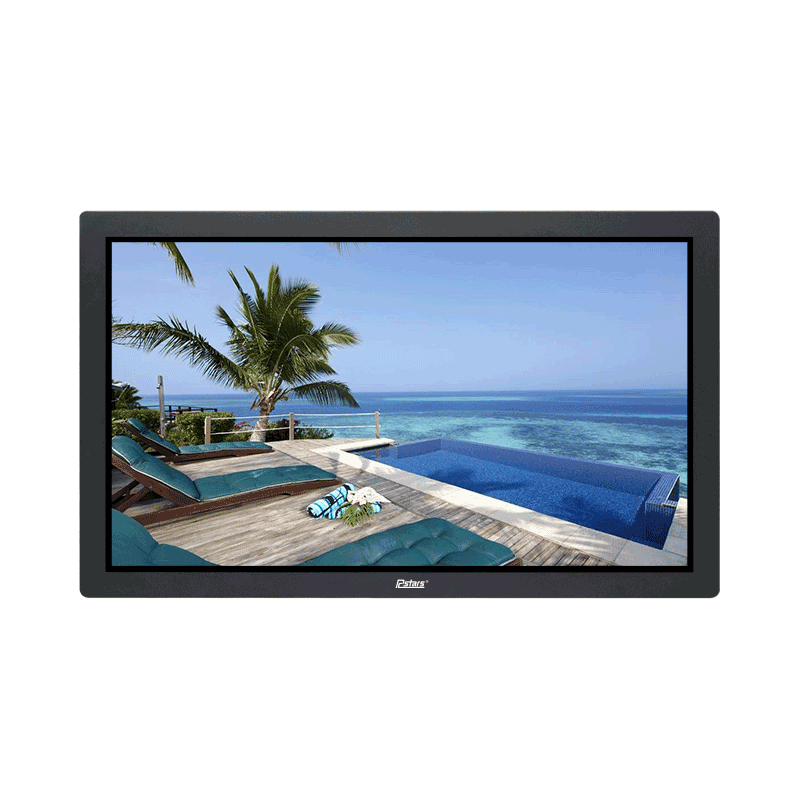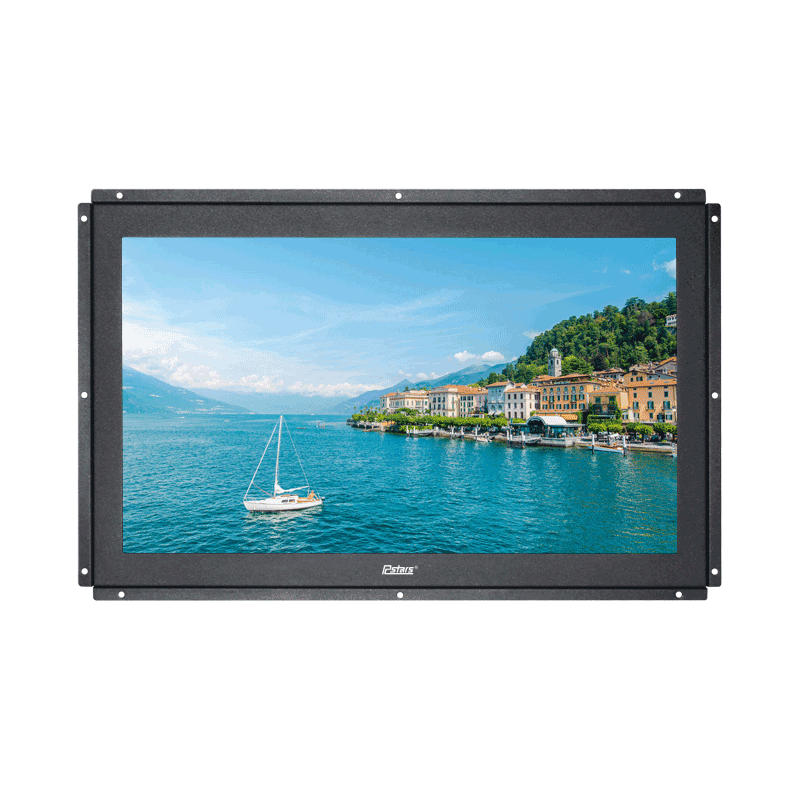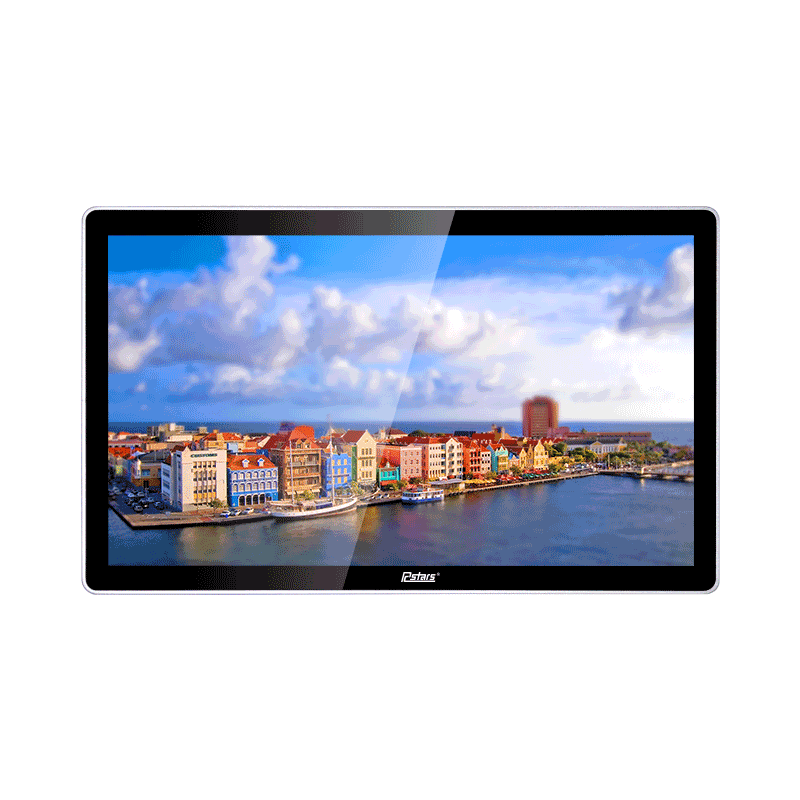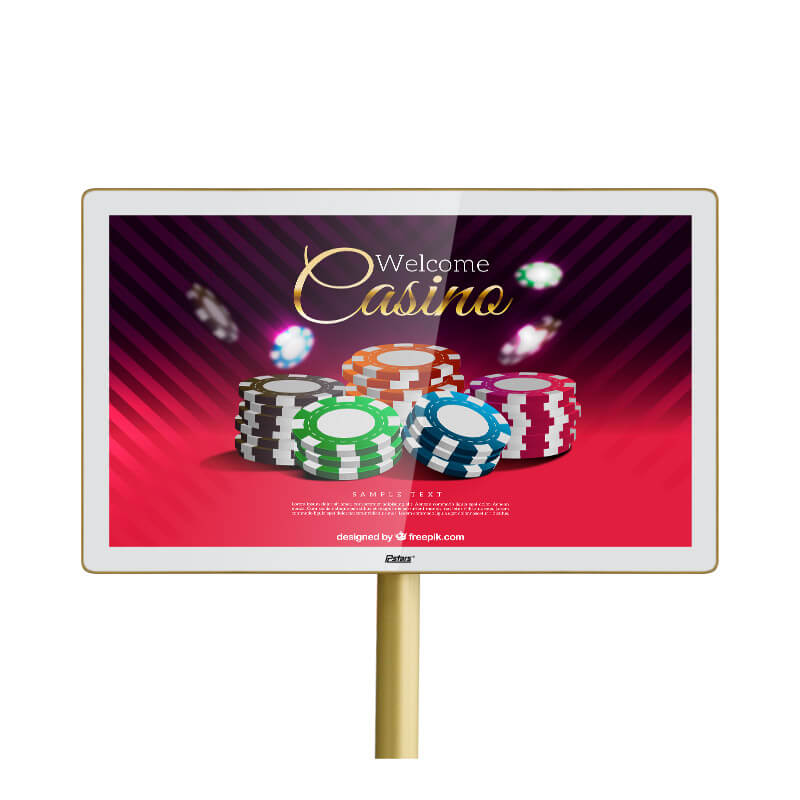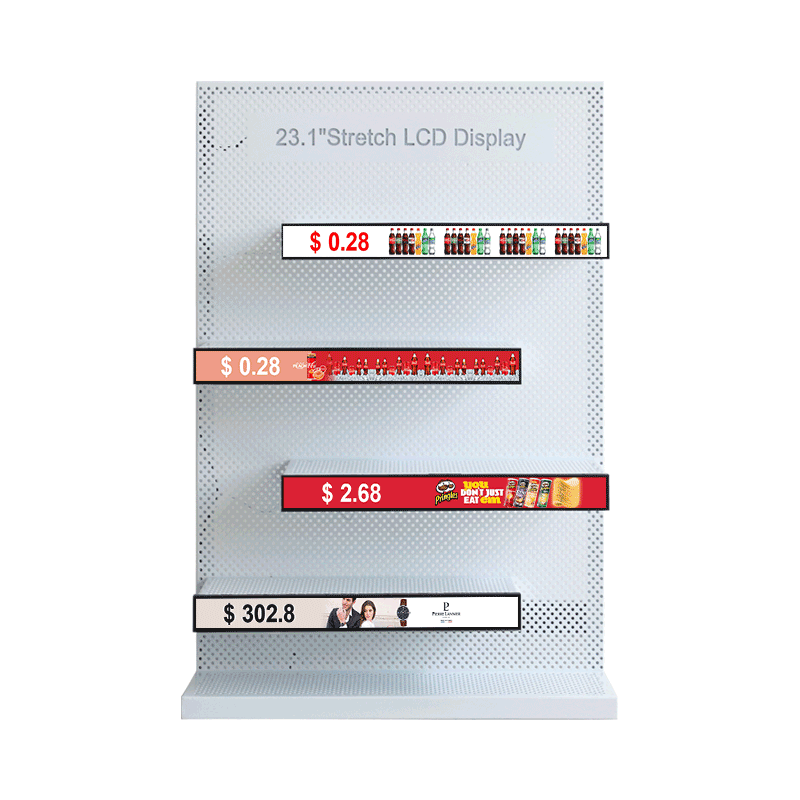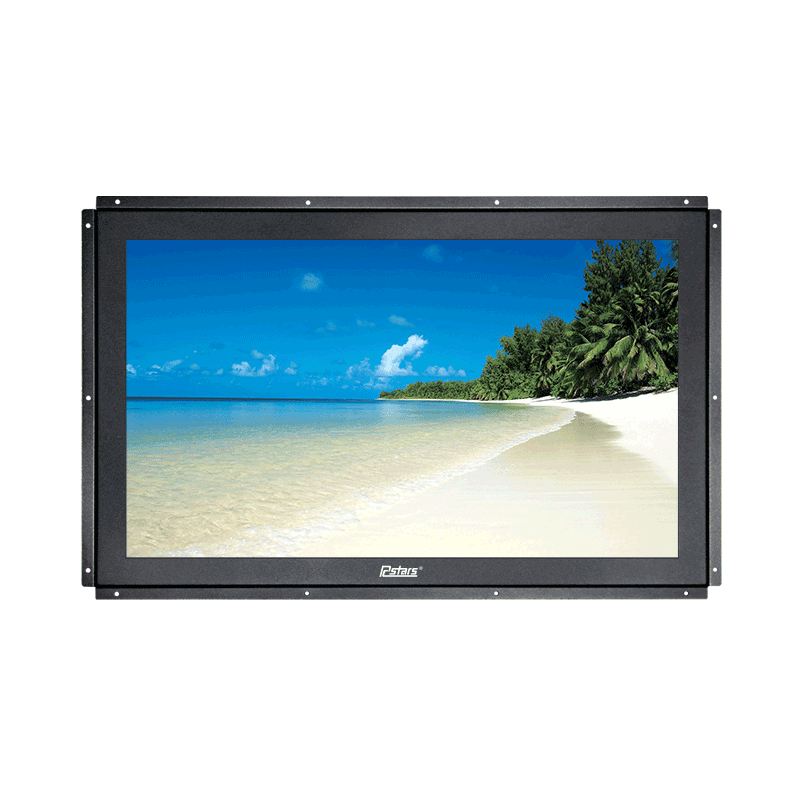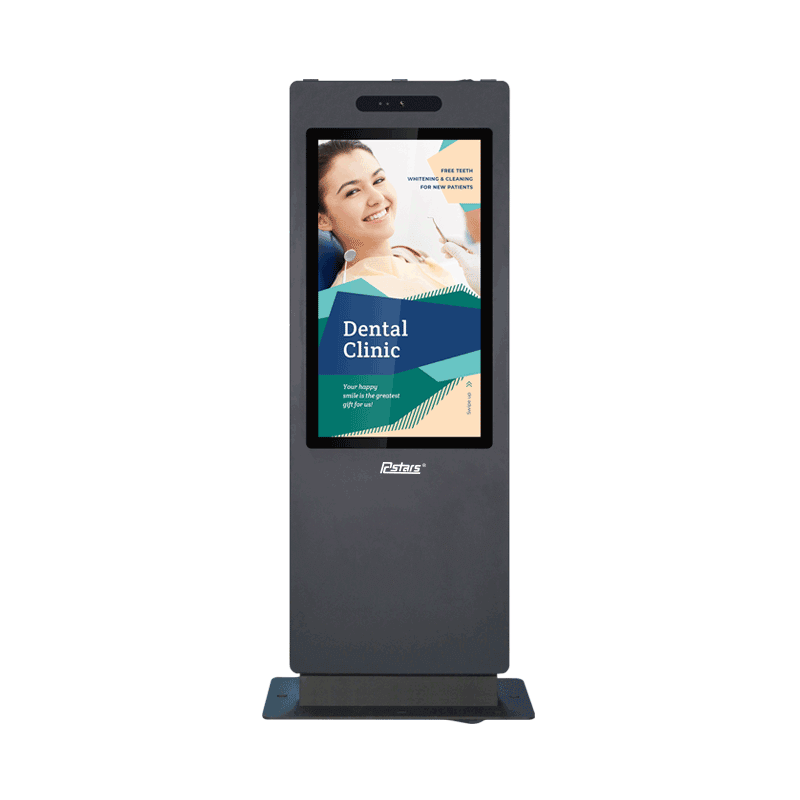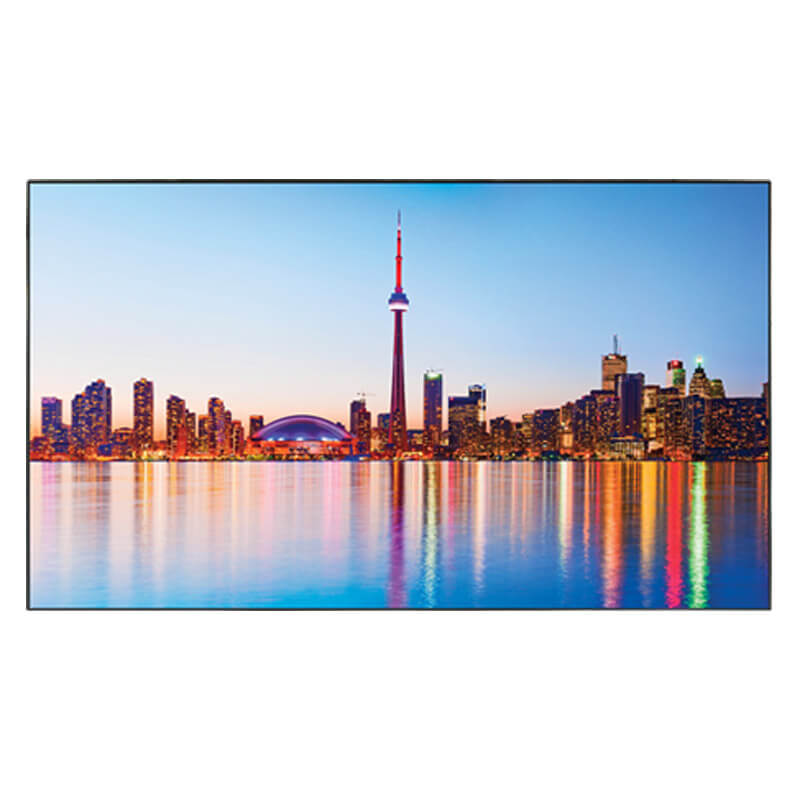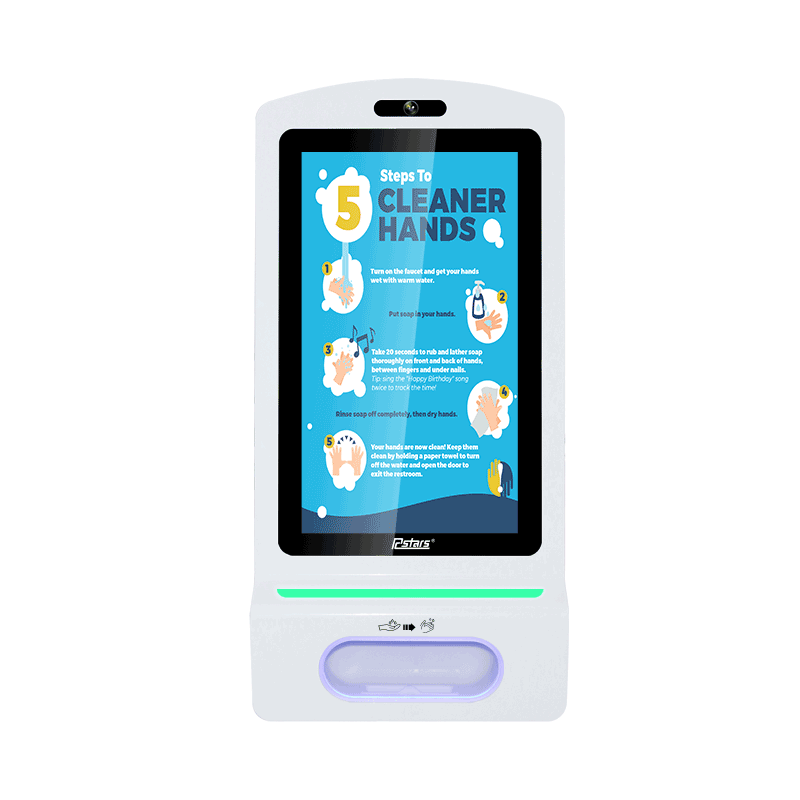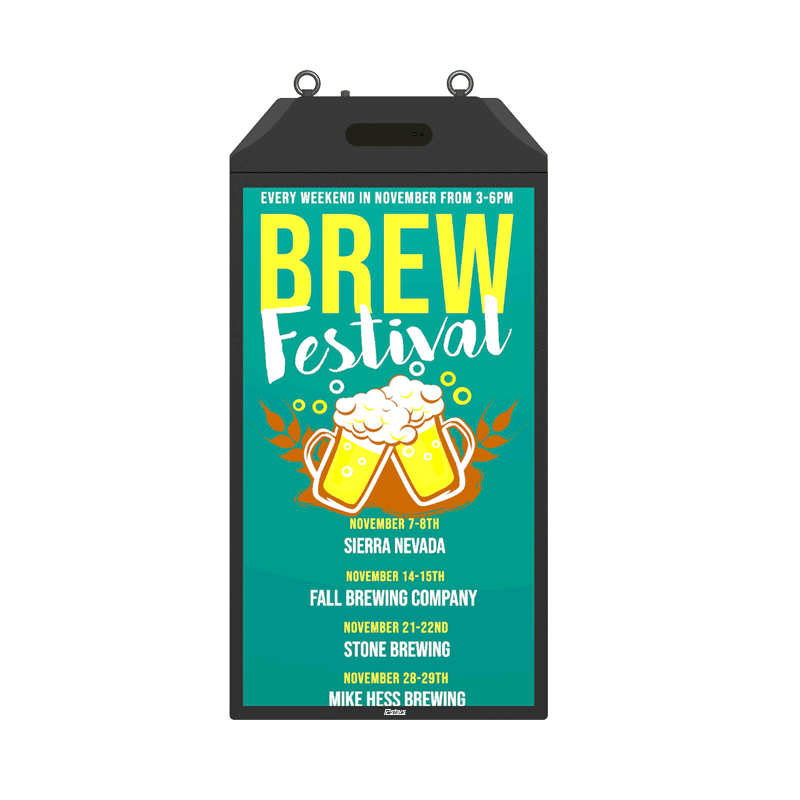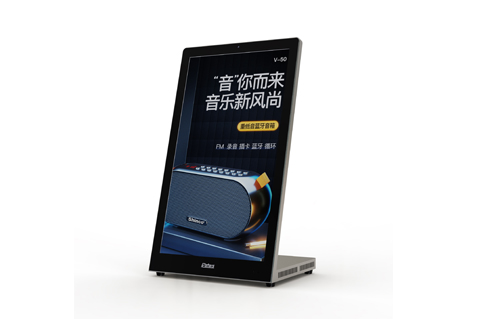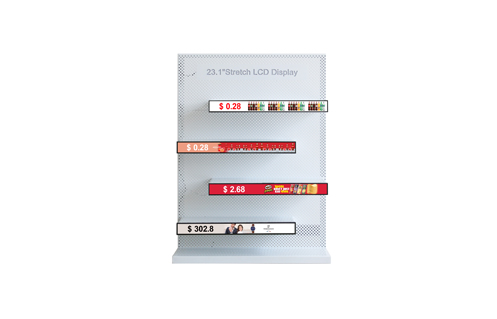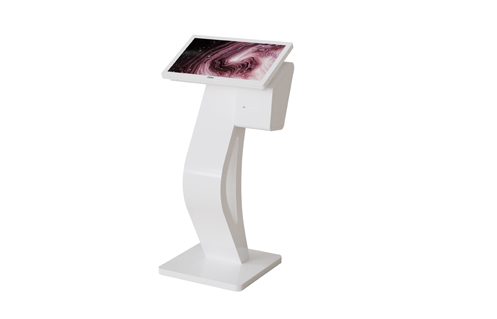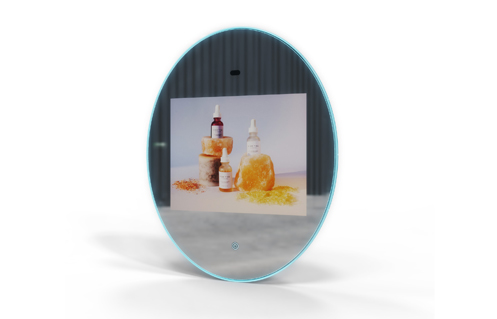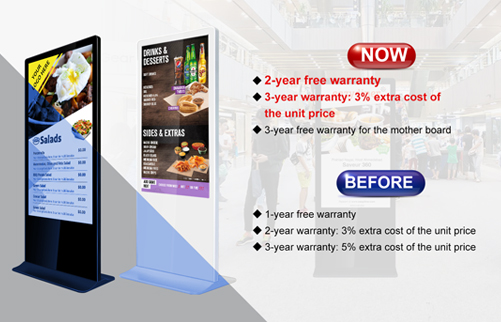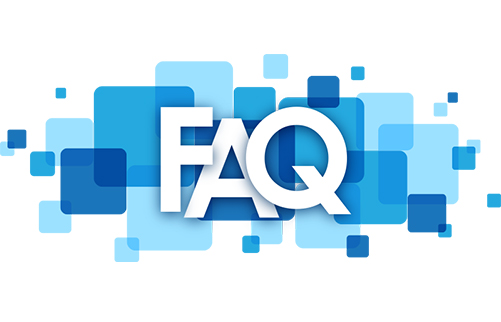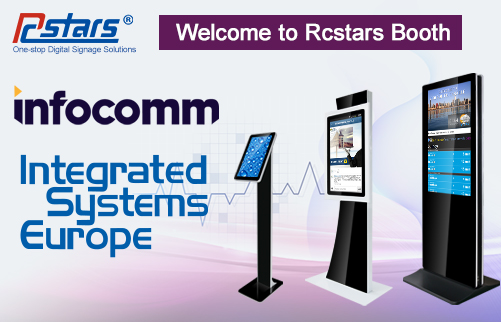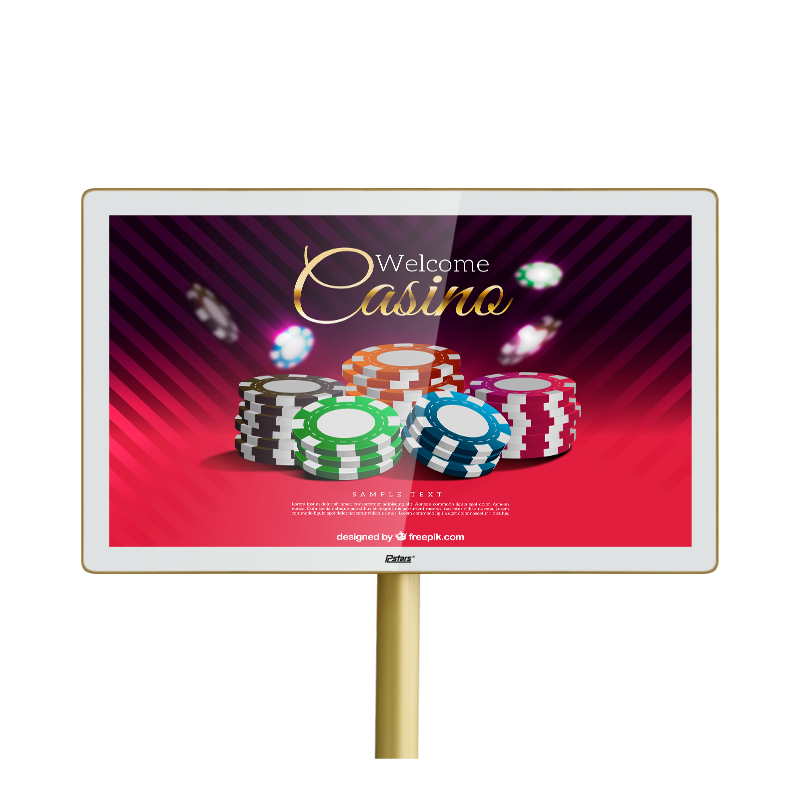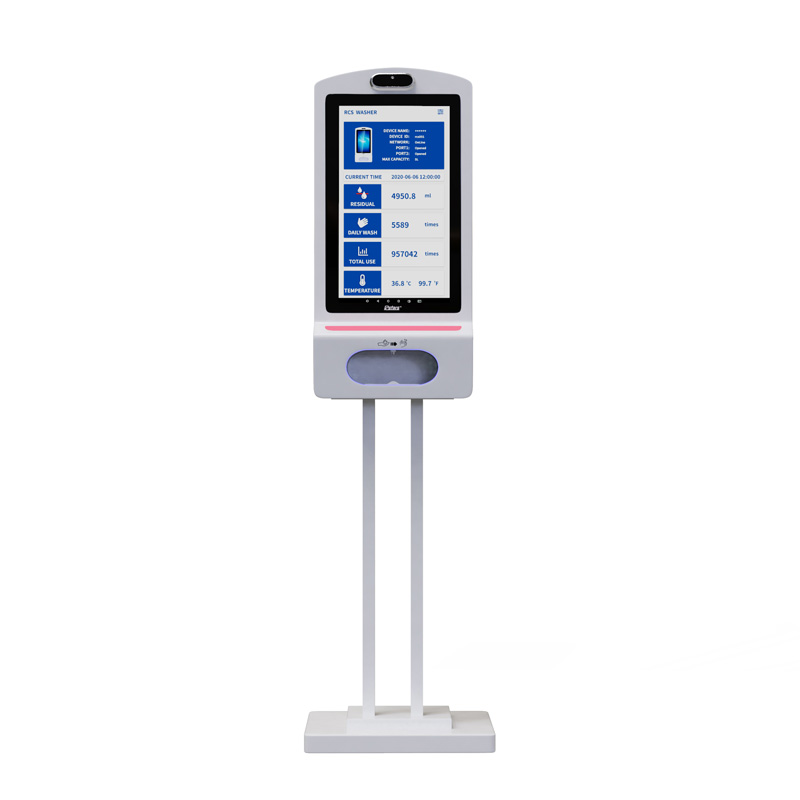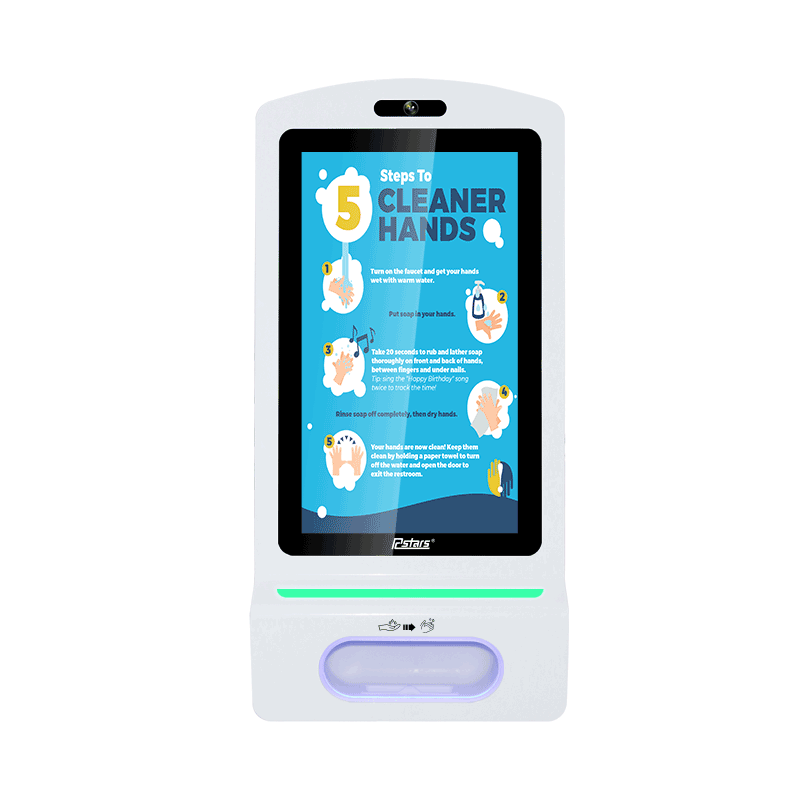According to the NRA, 79 percent of customers said they found restaurant kiosks to make their experience more convenient, which is expected to be a growing trend. If you own a casual or quick-service restaurant, it's a smart idea to get a handle on self-service kiosk technology.
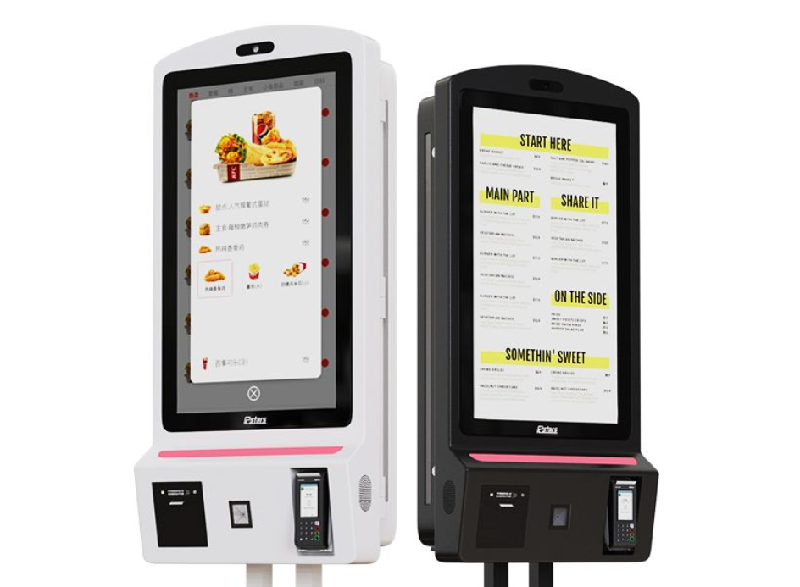
Evolution
Over the years, customers have become accustomed to self-service in many dining establishments, whether it's placing an order at the counter in a restaurant POS or selecting and paying for items from the buffet.
Today, customers can scan, select and swipe their credit card on the on-screen menu to place an order and pay for it without involving anyone else. From McDonald's to Panera Bread, many major fast food restaurants are making the self-service kiosk experience the norm. By 2020, 14,000 McDonald's locations in the U.S. are equipped with ordering kiosks.
Now that it has become the norm, should you consider a payment kiosk system for your business? Read on to learn some of the pros and cons.
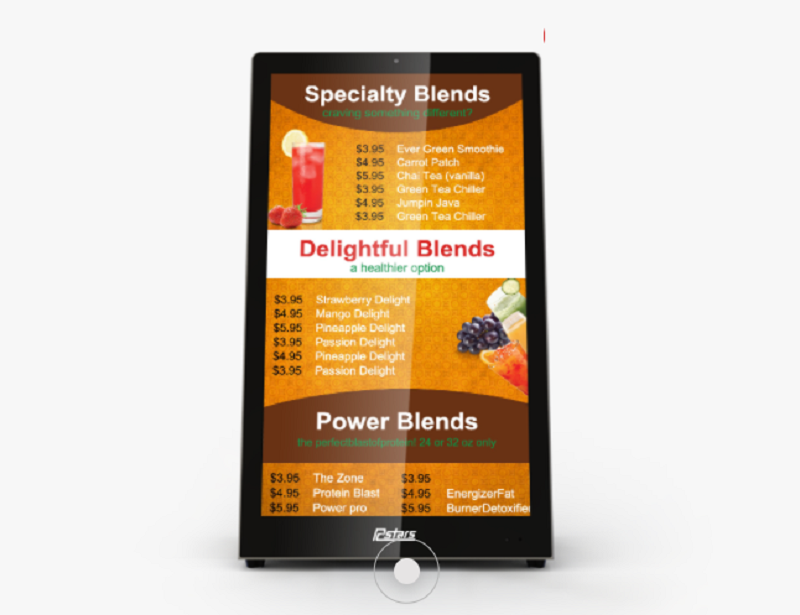
Pros
The main attraction of self-checkout kiosks is that they make the ordering process more efficient, which is what makes them so popular among fast food chains. For example, with fewer checkout staff, more employees will be available to assemble orders faster to reduce wait times. In addition, staff can walk around and talk to guests to ensure they are satisfied.
Fast food kiosks can also help improve order accuracy and customization. At the kiosk, you can simply add/remove ingredients and set specifications for how you want your food prepared.
One study found that at McDonald's, customers spend 30 percent more when they order their own food; Taco Bell spends 20 percent more. That's because when prompted to add extra condiments or drinks, people are more likely to do so on the screen.
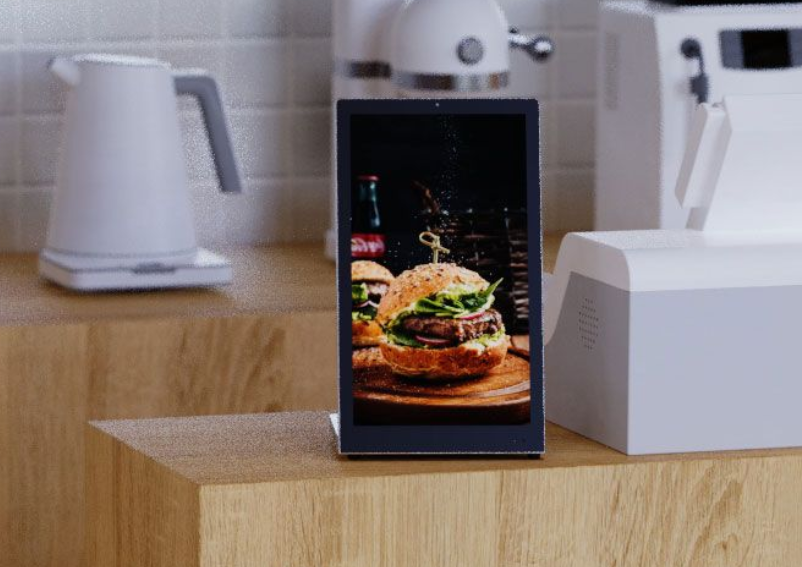
Android Touch LCD Display
Cons
Whenever you add technology to your business, it requires an upfront investment that independent restaurateurs may not be able to make. The typical cost per kiosk (including displays, scanners, credit card readers and receipt printers) is about $5,000. Costs can climb, depending on the type of customization the restaurant decides to add.
Another downside is that once you leave the order with the customer, you may lose some manual customer service. Especially in sit-down establishments, guests often ask servers for suggestions or have questions about how to prepare their dishes. So for the most part, self-checkout kiosks are more suited to chain restaurants than fine dining.
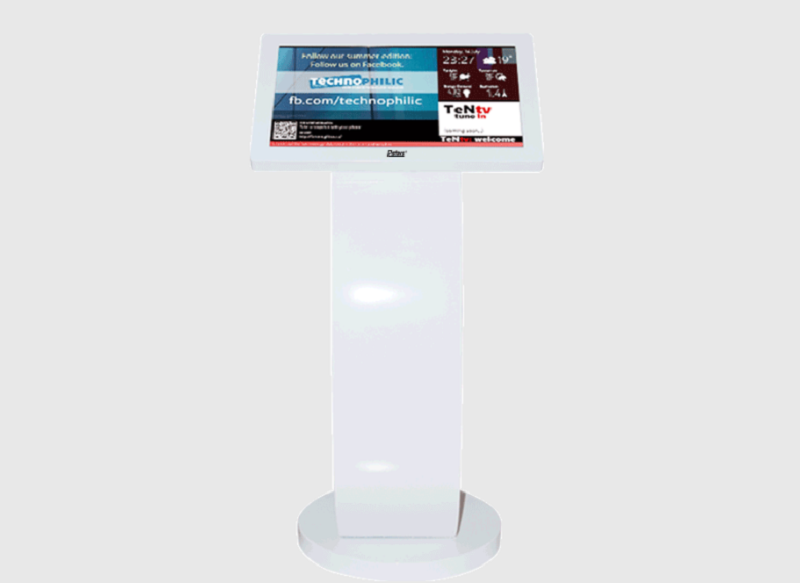
C shape design kiosk
Is it right for you?
If you're not sure how your customers will respond to the addition of a self-checkout kiosk, consider the following points before you try it.
If you offer a fast casual experience and your customers tend to skew to the younger side of the spectrum, they may respond better to self-service kiosks. If your burger joint can customize 100 different burger combinations, it may be easier for a family of four to simply check the checkboxes on the menu screen.
Also, if there are long lines at the counter to pay during busy hours and customers complain about being given the wrong food, ordering and payment kiosks may help you solve some of these challenges.
Please get in touch with RCSTAR to get your custom kiosk, and we'll do our best to help you.

